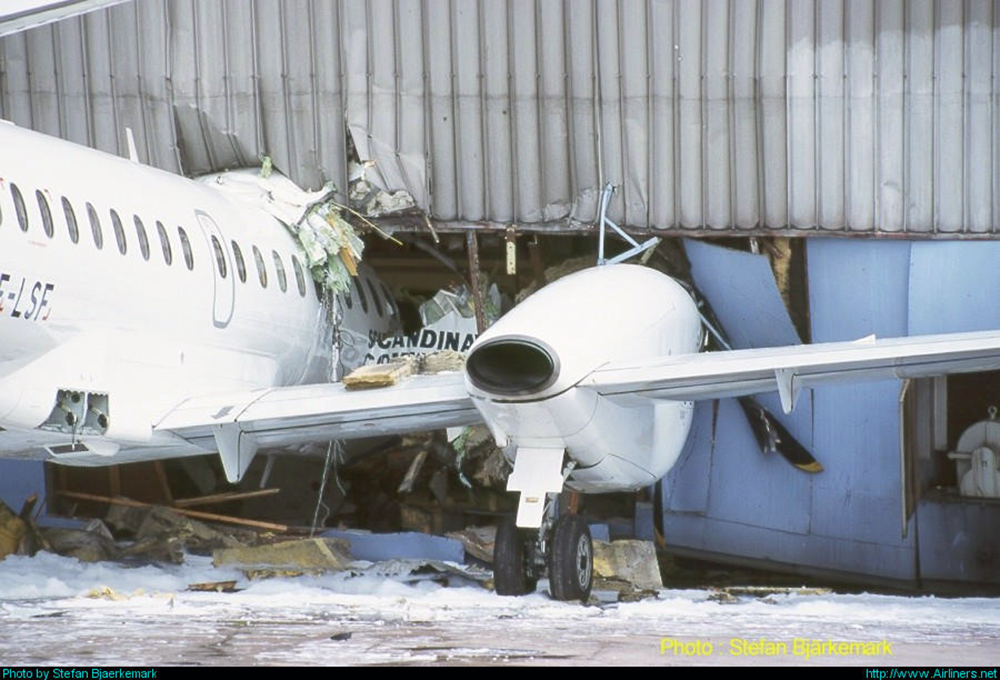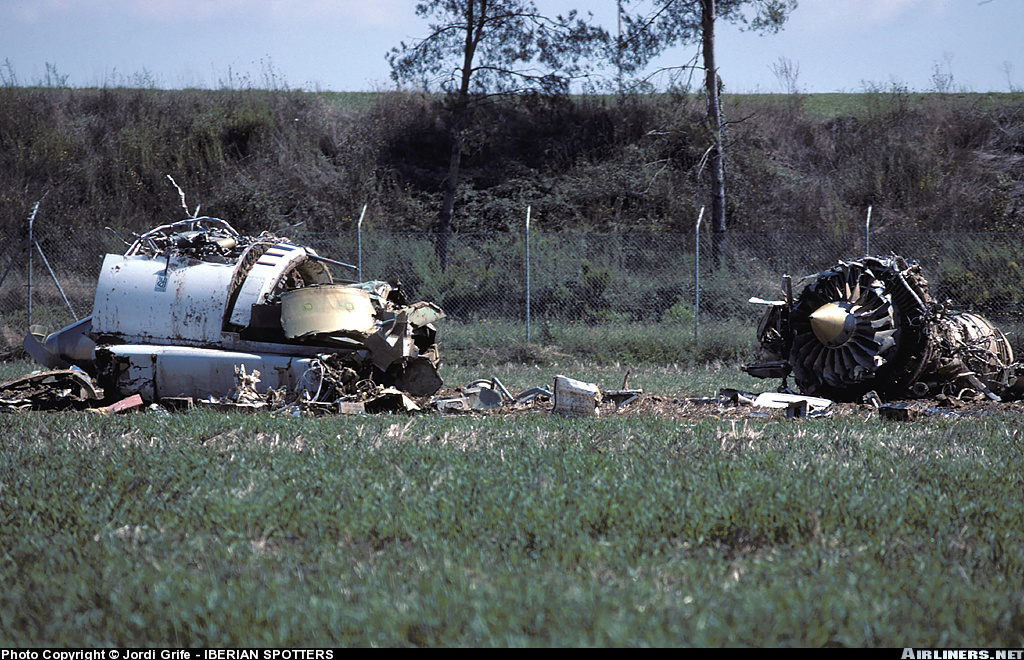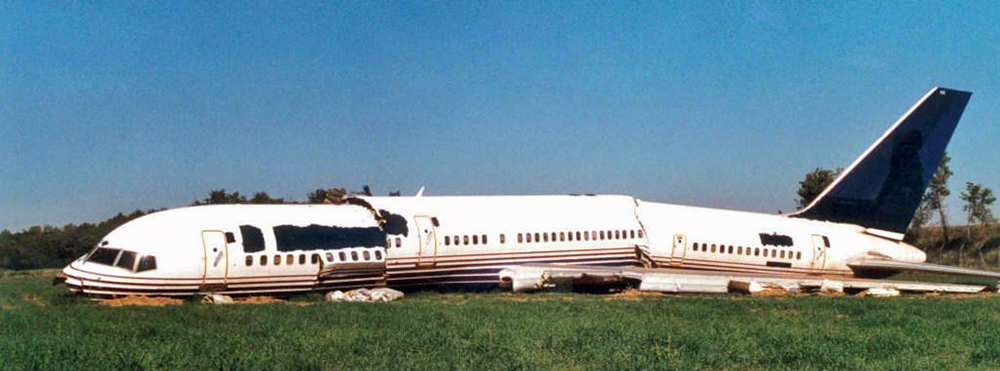Circumstances:
Flight BY226A took off from Cardiff at 20:40 local time for a charter flight to Gerona. The crew contacted Gerona ATC at 23:14 hours. With a thunderstorm in the area, flight conditions were turbulent. ATC offered the option of a runway 20 ILS approach, but the crew decided to fly a VOR/DME procedure to runway 02 considering the prevailing conditions of wet runway, downslope and tailwind. At 23:33, in full landing configuration and just after passing 10 DME, the crew were advised of a change of wind to 200 degrees at 12 knots. Upon becoming visual the aircraft was not adequately aligned with the runway and the change in wind direction now favored the reciprocal runway so a missed approach was carried out. The aircraft was now positioned for an ILS approach to runway 20. During the approach the crew noted that the company minimum amount of fuel for a diversion to Barcelona (2,800 kg) had been reached. At 23:46:58 hrs, at 250 feet above ground level (agl) and on the correct glidepath, the captain disconnected the autopilot and autothrottle. The aircraft began to deviate above the glidepath. Twelve seconds later, at 110 feet agl, the captain briefly pushed the control column almost fully forward before returning it to an approximately neutral position. The aircraft pitched down to -4.5° nose down attitude and then back up to -2.5° nose down attitude. During this period the captain lost his visual reference with the runway because all runway lights had suddenly failed. The GPWS then warned of the excessive sink rate and the thrust levers being retarded to idle. At 21:47:17 the aircraft touched down in a 2° nose down attitude and a recorded peak normal (vertical) acceleration of 3.11 g. The aircraft bounced, the nose pitched up to +3.3°, a roll to the right commenced, both the thrust levers advanced and the power on both engines increased to 1.18 EPR. Full nose down elevator was applied and held until a second touchdown, resulting in a rapid pitch down. The aircraft made the second touchdown 1.9 seconds after the first at -0.5° pitch attitude (nose down), with a pitch rate of 7°/sec nose down and 4.2° of right roll. After a run of approximately 343 meters across flat grassland beside the runway, the aircraft ran diagonally over a substantial earth mound adjacent to the airport boundary, becoming semi-airborne as a result. At the far side of the mound a number of medium sized trees were struck and severed, predominantly by the right wing, and the right engine nacelle struck the boundary fence. The aircraft, yawed considerably to the right of its direction of travel, then passed through the fence, re-landed in a field and both main landing gears collapsed. It came to rest after a 244 meter slide across the field, with the fuselage almost structurally severed at two points.
Probable cause:
It is considered that the most probable cause of the accident was the destabilization of the approach below decision height with loss of external visual references and automatic height callouts immediately before landing, resulting in touchdown with excessive descent rate in a nose down attitude. The resulting displacement of the nose landing gear support structure caused disruption to aircraft systems that led to uncommanded forward thrust increase and other effects that severely aggravated the consequences of the initial event.
Contributory factors were:
- Impairment of the runway visual environment as a result of darkness and torrential rain and the extinguishing of runway lights immediately before landing;
- Suppression of some automatic height callouts by the GPWS 'SINK RATE' audio caution;
- The effect of shock or mental incapacitation on the PF at the failure of the runway lights which may have inhibited him from making a decision to go-around;
- The absence of specific flight crew training in flight simulators to initiate a go-around when below landing decision height;
- Insufficient evaluation of the weather conditions, particularly the movement and severity of the storm affecting the destination airport.




















